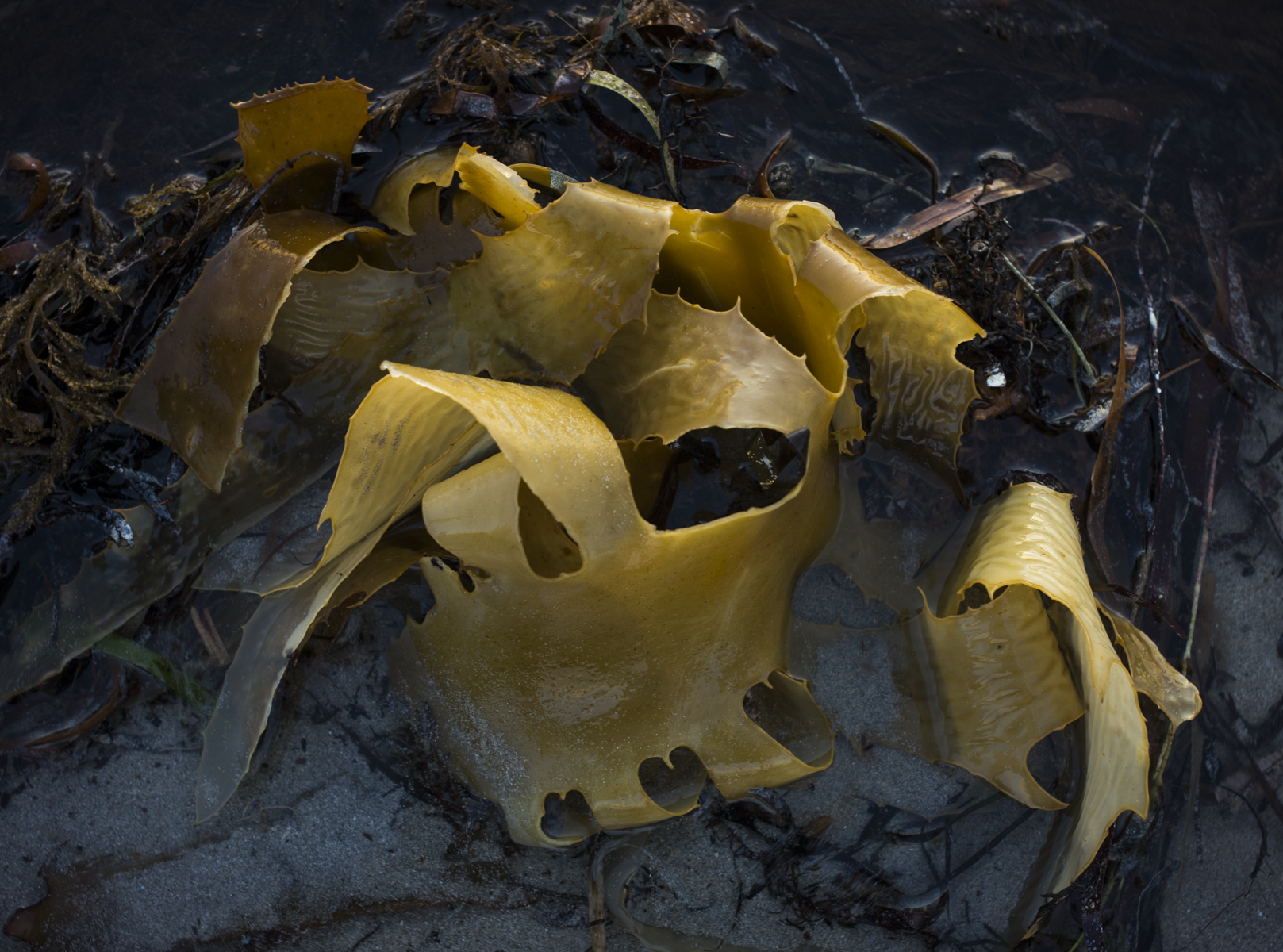
So that leaves me basically scanning for medium and large format film negatives. This size format is still much better in terms of image quality than the high end DSLRs from Canon, Nikkon or Sony. I’m not sure about the equivalent quality of the medium format digital cameras, but as these are outrageously expensive they are still out of most people’s price range.
Scanning, whether from transparencies, negatives or reflectives used to be an occupation on its own. Nowadays, more and more photographers–like me— are finding the need to include this activity in their work flow. Though some see scanning as equivalent to hand printing, its more a case of scanning the workload for me. From there I can select the images to work on.
What I have learnt so far is that the Epson’s software often creates very bad colour casts and that this then requires lots of correction in Lightroom or Photoshop. (Maybe I need to shift to using VueScan software?) The real editing of the photo for the web, book or exhibition is done in Lightroom or Photoshop.
Lightroom, I’m discovering, is okay for publishing the photo as a digital image on the web. If the workflow includes making good prints, then it is Photoshop becomes the backbone of image editing workflow. The reason is that the photographic printing has gone digital and it requires the sophistication delivered by Photoshop to prepare the print.

